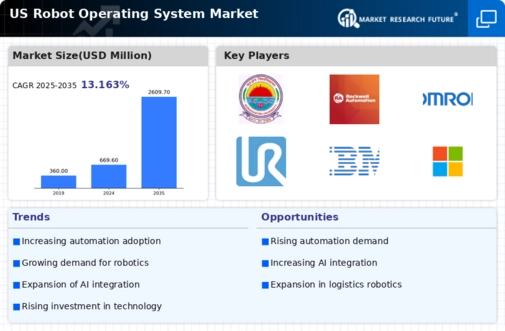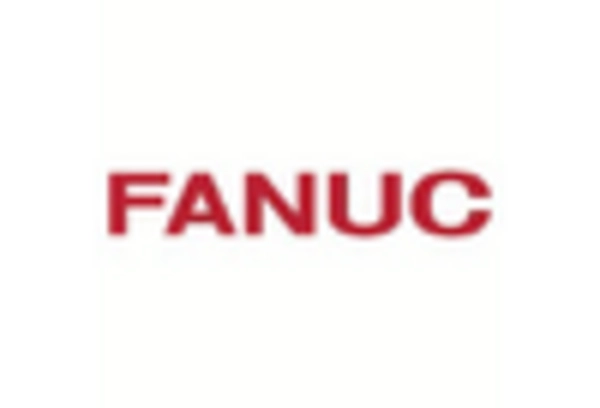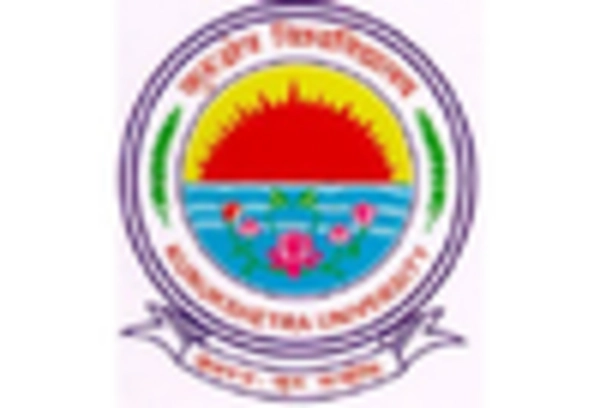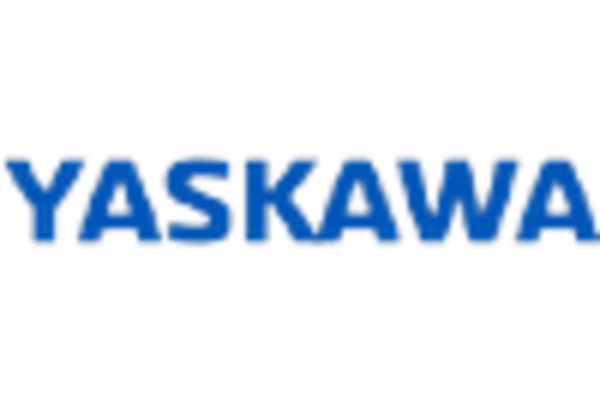Surge in Automation Demand
The robot operating-system market experiences a notable surge in demand for automation across various sectors, particularly in manufacturing and logistics. As companies strive to enhance efficiency and reduce operational costs, the integration of robotic systems becomes increasingly appealing. In 2025, the automation market in the US is projected to reach approximately $200 billion, indicating a robust growth trajectory. This demand for automation drives the need for sophisticated robot operating systems that can manage complex tasks and ensure seamless operation. The ability to streamline processes and improve productivity positions the robot operating-system market as a critical component in the broader automation landscape.
Rising Demand for Customization
Customization emerges as a crucial factor influencing the robot operating-system market. As businesses seek tailored solutions to address specific operational challenges, the demand for customizable robot operating systems increases. In 2025, it is estimated that over 30% of companies in the US will prioritize customized robotic solutions to enhance their competitive edge. This trend encourages developers to create flexible operating systems that can be easily adapted to various applications and environments. The ability to provide bespoke solutions not only enhances operational efficiency but also positions the robot operating-system market as a vital player in meeting diverse industry requirements.
Increased Focus on Sustainability
Sustainability considerations are becoming increasingly important in the robot operating-system market. As organizations strive to reduce their environmental impact, the demand for energy-efficient robotic systems rises. In 2025, the market for sustainable robotics in the US is projected to grow by 20%, reflecting a shift towards eco-friendly practices. Robot operating systems that optimize energy consumption and minimize waste are likely to gain traction as companies seek to align with sustainability goals. This focus on environmental responsibility not only drives innovation in the market but also positions robotic systems as essential tools in achieving sustainable operational practices.
Advancements in Robotics Technology
Technological advancements play a pivotal role in shaping the robot operating-system market. Innovations in sensors, machine learning, and artificial intelligence contribute to the development of more capable and versatile robotic systems. In 2025, the US robotics market is expected to grow at a CAGR of around 15%, reflecting the increasing sophistication of robotic applications. These advancements enable robots to perform tasks with greater precision and adaptability, thereby expanding their applicability across industries. Consequently, the demand for advanced robot operating systems that can leverage these technologies is likely to rise, further propelling the market forward.
Growing Investment in Research and Development
Investment in research and development (R&D) is a significant driver of the robot operating-system market. Companies and institutions are increasingly allocating resources to explore innovative solutions and enhance existing technologies. In 2025, R&D spending in the robotics sector in the US is projected to exceed $10 billion, underscoring the commitment to advancing robotic capabilities. This influx of funding fosters the creation of cutting-edge robot operating systems that can support a wide range of applications, from industrial automation to healthcare. As R&D efforts continue to flourish, the market is likely to witness a surge in innovative operating systems tailored to meet evolving industry needs.

















Leave a Comment